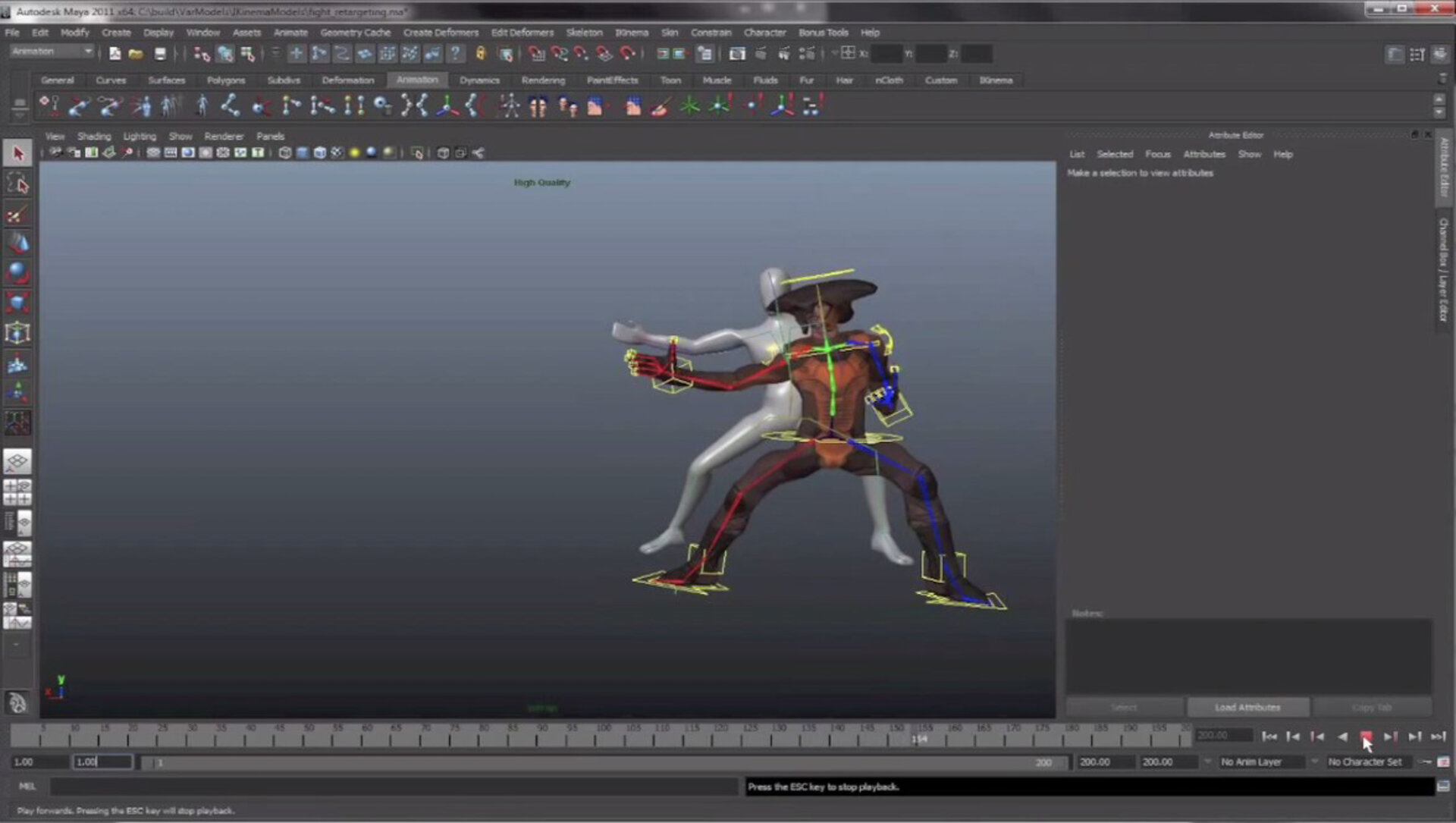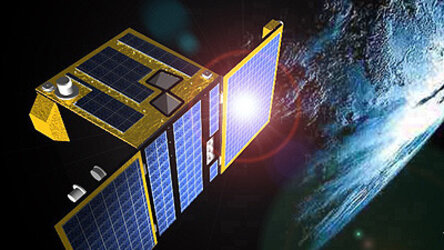Smooth moves: how space animates Hollywood
If you’ve been to see Wrath of the Titans, then you’ve watched it in action. A computer programmer is using software he developed to control spacecraft to help animators make more realistic computer games and movies.
Originally designed to help guide satellites, the software now helps computers to render human movements smoothly and realistically.
It turns out that movements controlled effortlessly by our brains – picking up a cup, touching our toes or doing a little dance – take a lot of computing power.
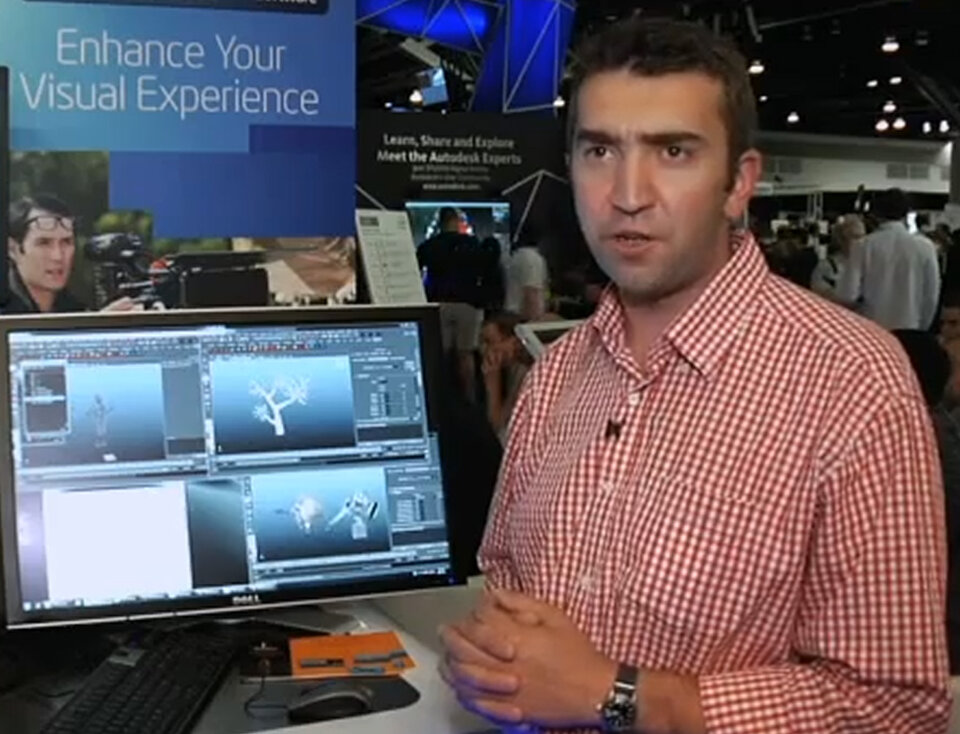
“If you want to move your arm, you have to compute the angle of all the joints and the movement of the muscles,” says Alexandre Pechev, CEO of IKinema.
The human brain makes this happen near-instantaneously. But animators creating computer games or movies must often break the body down into parts, calculate their moves and then put the components back together – often resulting in choppy, unrealistic animation.
Using the mathematical routine he developed, the program at the heart of IKinema’s software crunches the numbers much more efficiently.
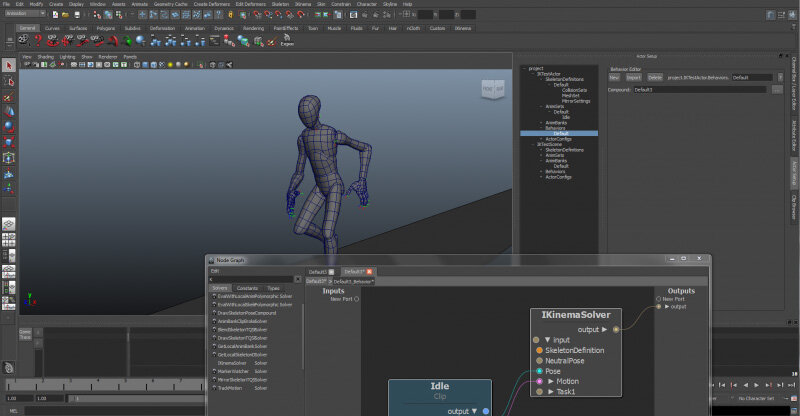
“If you have a human, you don’t have to cut the body into six individual chains and then stitch it together later,” Alexandre says. “What we do is move the whole body.”
The result, he says, is a program that can create realistic moving bodies in video games or on the movie screen.
“It works on any chain. Horse, cat, alien, scorpion, face or flower – it doesn’t matter what you’re animating.”
The software can be incorporated into video games and Hollywood studios like 20th Century Fox, Disney and ILM have all worked with IKinema’s software.
Spin-off from spacecraft guidance
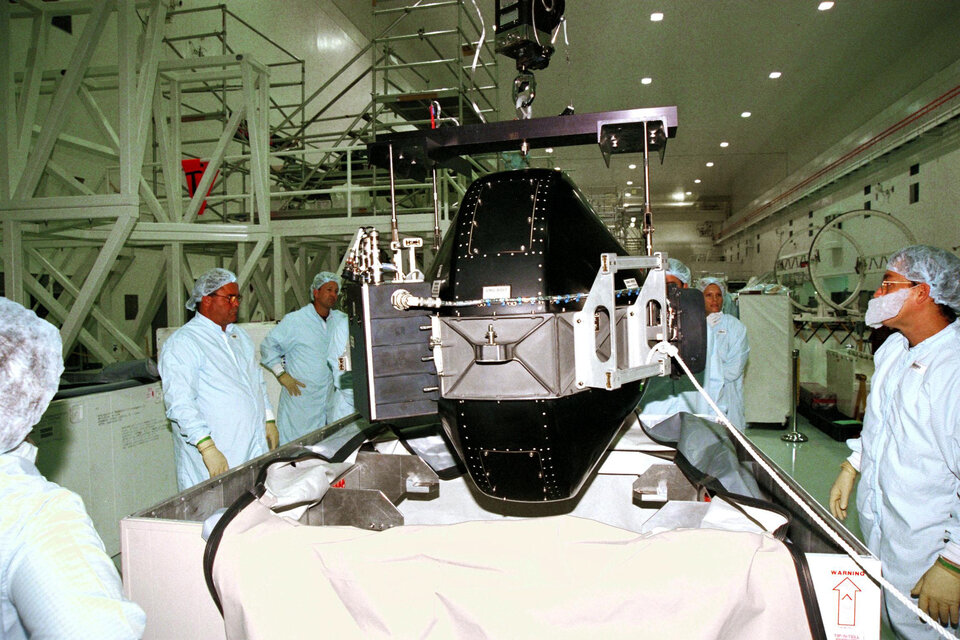
The software was originally intended to guide spacecraft that use ‘control moment gyroscopes’ for attitude control. They consist of spinning flywheels, tilted using gimbals, to produce torque that can turn a spacecraft.
The best-known application of these gyroscopes is the International Space Station, which has four big units.
Less well known is the Turkey’s first remote sensing satellite Bilsat-1, launched in 2003. It includes an experimental payload of two small control moment gyroscopes developed by Surrey Satellite Technology Ltd. together with Surrey Space Centre, supported via ESA study contracts.
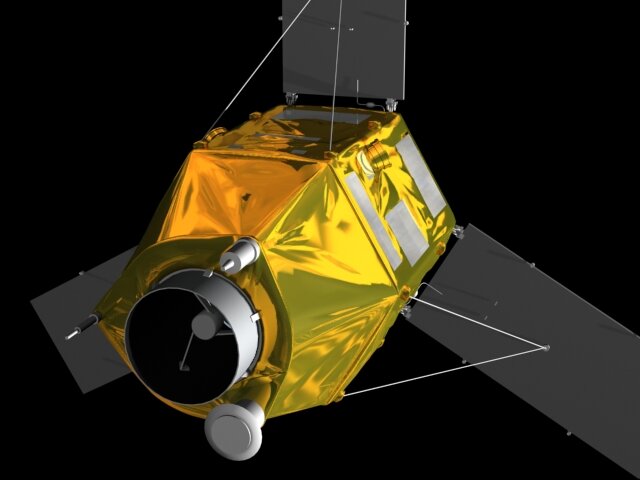
“We recently participated in the development of a complete control moment gyroscope hardware and software system for medium-size satellites, done by the French space agency CNES in cooperation with EADS Astrium SAS,” René Seiler from ESA’s Mechanisms Section in ESTEC explains.
“The first result was for the Pléiades-1 satellite launched in December 2011 by CNES. Here, two gyroscopes give the spacecraft exceptional agility.”
So even though Pléiades-1 was designed for picking out targets on Earth’s surface, the gyros can easily turn the spacecraft to snap other overflying satellites. On 15 April 2012, it took a picture of ESA’s Envisat orbiting 90 km higher.
Spin-off from spacecraft guidance

But in a twist that researchers are still puzzling over, there are a few positions where the gyros hit dead spots, called ‘singularities’.
“In some particular orientations, you can’t generate torque to rotate the spacecraft,” explains Alexandre.
As a graduate student at Surrey Space Centre, he wrote software that would coordinate the motion and eliminate these singularities.
Yet his software, developed for use in space, has never left Earth. “Satellites with gyros are exotic creatures,” he says. Most satellites still rely on reaction wheels to adjust their attitude.
But Alexandre had the idea to use his software to control a different type of motion: robot movements on screens. With the help of a technology transfer demonstrator grant from ESA’s Technology Transfer Programme (TTP), he was able to confirm it worked.
“The funding was crucial to verify that my idea to spin off the space software had real commercial potential,” Alexandre adds.
“Then a Royal Society of Edinburgh Fellowship from STFC made it possible for me to develop it into a near-commercial product, which was the baseline for starting IKinema.
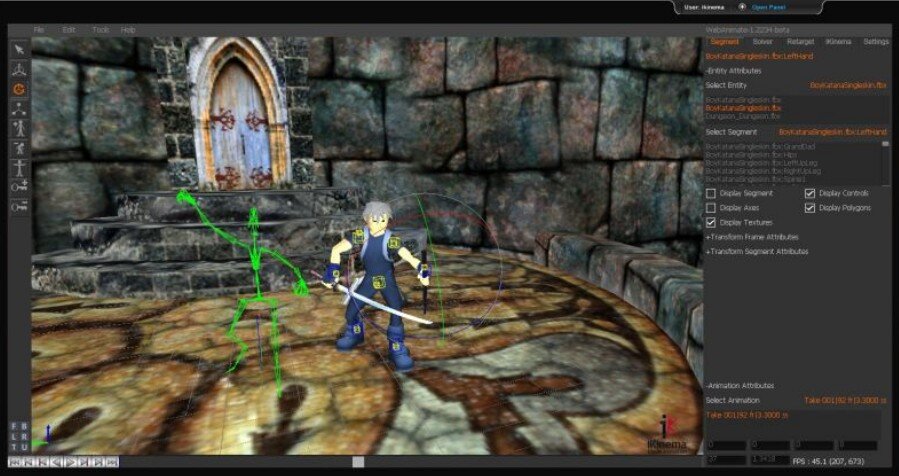
“Today, our Action product is used by many film and computer game makers.”
STFC is the UK member of ESA TTP Broker Network responsible for promoting terrestrial use of European space technologies.
Most recently, IKinema Action was used to produce accurate and realistic animation for complex visual effects sequences in the film Wrath of the Titans, a fantasy film sequel to the 2010 film Clash of the Titans.
ESA’s Technology Transfer Programme Office (TTPO)
The main mission of the ESA Technology Transfer Programme is to facilitate the use of space technology and systems for non-space applications to take advantage of Europe’s investments in space research and developments to strengthen the competitiveness of European industry, and at the same time demonstrating the benefit of the European space programmes to Europe’s citizens.

ESA TTPO is responsible for defining the overall approach and strategy for the transfer of space technologies and systems, including the incubation of start-up companies at ESA business incubation centres and related funding.
The office has transferred over 260 technologies since the programme start and is supporting directly and indirectly around 100 new start-ups a year.
TTPO has also initiated as a limited partner the Open Sky Technology Fund, a €100 million venture fund which invests in start-ups using space technology.
For more information, please contact:
ESA’s Technology Transfer Programme Office
European Space Agency
Keplerlaan 1
2200 AG, Noordwijk
The Netherlands
Tel: +31 71 565 6208
Email: ttp@esa.int
Web: www.esa.int/ttp


